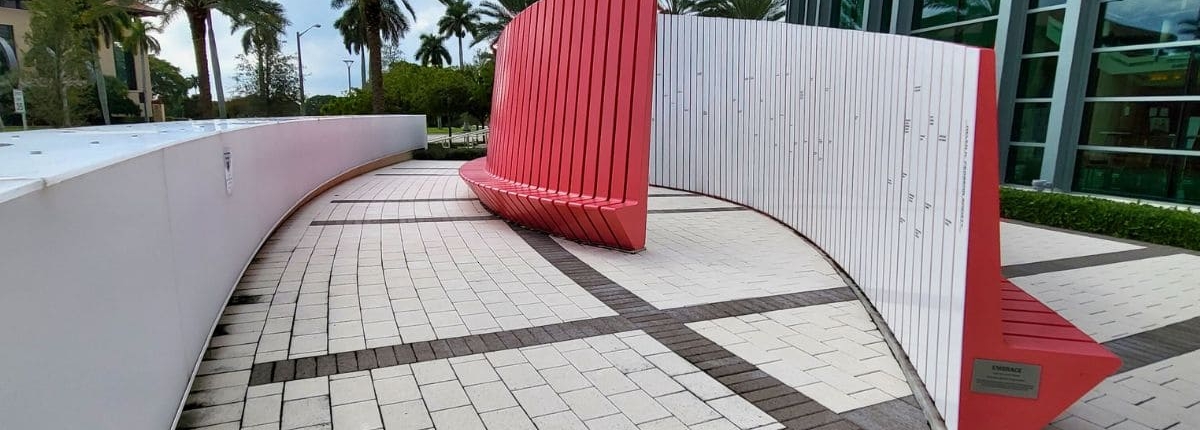Revolutionizing Public Spaces: The Rise of Collaborative Urban Design
Autor: Paula Jimenez | Co-founder Geocity Studio | Digital Marketing Manager
Public spaces are the beating heart of any city, serving as vibrant hubs for community interaction, cultural expression, and collective engagement. In recent years, a paradigm shift has been underway in the realm of urban design, as cities around the world are embracing collaborative approaches to reimagining and revitalizing their public spaces. In this article, we explore the burgeoning trend of collaborative urban design and its profound impact on fostering dynamic, inclusive, and people-centric public realms.
Co-Creation and Community Empowerment
Collaborative urban design places a strong emphasis on co-creation, actively involving community members, local stakeholders, and diverse interest groups in the conceptualization and development of public spaces. By harnessing the collective wisdom, creativity, and aspirations of those who inhabit and utilize these spaces, cities can cultivate environments that are truly reflective of the needs, values, and identities of their communities. This participatory model of urban design not only empowers residents to shape their built environment but also fosters a deep sense of ownership, pride, and social cohesion, engendering public spaces that are imbued with a palpable spirit of inclusivity and belonging.
Placemaking and Cultural Resonance
Collaborative urban design endeavors to infuse public spaces with a strong sense of placemaking, tailoring their design and programming to resonate with the unique cultural heritage, traditions, and narratives of the communities they serve. By honoring local histories, artistry, and indigenous knowledge, cities can create public realms that serve as living canvases for cultural expression, celebration, and exchange. Moreover, by integrating diverse amenities, public art installations, and interactive elements, collaborative urban design enlivens public spaces, transforming them into focal points for communal celebration, recreation, and creative expression, nurturing environments where individuals from all walks of life can converge, connect, and find common ground.
Adaptive and Responsive Environments
The ethos of collaborative urban design extends beyond the initial creation of public spaces to encompass their ongoing adaptation, refinement, and activation in response to the evolving needs, preferences, and dynamics of the communities they serve. This iterative approach to urban design not only ensures that public spaces remain relevant and resonant in the face of changing social and cultural landscapes but also fosters environments that are dynamic, flexible, and capable of accommodating a diverse array of uses and activities. By fostering responsiveness and adaptability, collaborative urban design empowers public spaces to evolve organically, reflecting the ever-changing tapestry of urban life and serving as catalysts for social innovation and community resilience.
Conclusion
In conclusion, the ascent of collaborative urban design heralds a new era in the evolution of public spaces, one characterized by a deep commitment to inclusivity, authenticity, and human-centered innovation. By placing community empowerment, cultural resonance, and adaptability at the forefront of urban design, cities are poised to cultivate public realms that are not only visually captivating and functional but also deeply meaningful, responsive, and enduring. As we continue to champion collaborative urban design, we recognize its pivotal role in shaping public spaces that transcend their physical forms to become vibrant, pulsating nodes of community life, embodying the spirit of shared ownership, creative reciprocity, and collective well-being.

